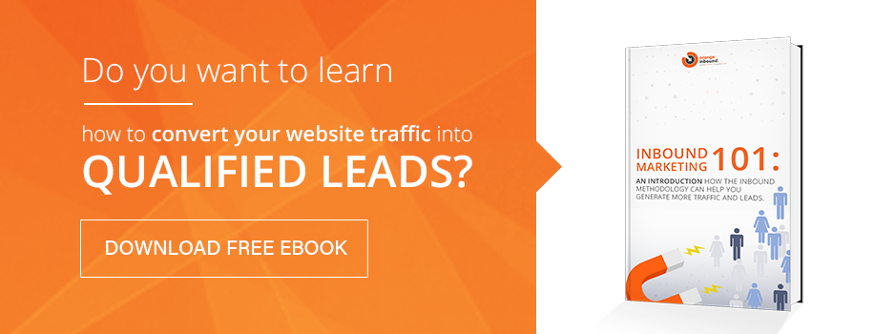We’ve covered quite a few different facets of email marketing on the blog this past week, and for good reason. Email marketing never gets old. It has proven to be a consistently effective digital marketing asset for any business trying to reach their prospects online.
This especially true of drip email campaigns. Continuing evidence shows that they bring in three times the click-through rate of any other type of email marketing effort.
But there is a learning curve here. Drip campaigns require more time and research than, say, a one-off announcement email because each sent email has its own specific goal and structure.
Drip email campaigns for building materials marketing need some astute observation during the creative process to create something truly unique and engaging. With the building materials industry being as competitive as it is, you always need to entice your leads through a journey, from top-of-mind emails to the re-engagement phase.
All of these campaigns involve strategic thinking and a little automation magic to make the sure the emails are carefully timed. Time intervals are extremely important in drip campaigns, as are reading metrics to see what actions your prospects take. Each ensuing email gets timed based on what the reaction is to the previous one.
Let's take a deeper dive into the common types of drip campaigns.
1. The Top-Of-Mind Campaign
With a top-of-mind email campaign, you can take customers through the sales process strictly by automation and without one-on-one communication. What's important is making sure each email gets opened along the funnel so you can lead the prospect to a sales-ready position.
It all starts by sending an email with a link to specific and exclusive content related to your building materials products. A whitepaper is common, though you may send an educational ebook or even a video about a specific product line.
Follow-up emails all depend on what the response is to the initial email. If one prospect downloads the whitepaper, you'll want to send them another email with a new piece of content that moves them further down the funnel. Those who don't respond after the first email should still get another email from you with further exclusive content or a reminder about the original offering.
Generally, if the prospect doesn't open an email after two tries, you should end the hunt for this lead. This is not to say you can't re-engage them later with new emails, but constantly hammering them when they’re clearly not biting can actually hurt their perception of your brand.
2. The Educational Campaign
An educational drip campaign is similar to top-of-mind campaigns in structure. You're basically doing lead nurturing here by sending a stream of related emails that escalate based on engagement, but these specifically focus on educating prospects on subjects you know they want to read about.
For instance, you may want to send videos showcasing how your products work through a specific construction phase, including features not found anywhere else. Or if your audience largely comprises DIY-loving homeowners, perhaps you can offer a helpful guide for a specific type of home renovation project (and, of course, tie in how your products can help).
The point is to prove your value as an industry leader and showcase what truly differentiates you from any competitors.
3. The Promotional Campaign
The goal of the aforementioned campaigns is to draw leads from the awareness stage of the buyer’s journey to the consideration phase. At this point, you'll want to send emails enticing leads with limited-time promotional deals or discounts if applicable to your type of products. It's important to send these at predictable times and evenly spaced through your promotion timeline.
Be sure to include links sending the reader to a landing page to take advantage of your promotion. This will help track overall engagement and, if you’re leveraging any type of lead scoring in your CRM, move your prospects down the pipeline.
To persuade people to use your offers, give a countdown in each email to prove your discounts won't last long, and make sure you detail exactly how taking advantage of such an opportunity will benefit the customer.
4. The Onboarding Campaign
Once you've converted a lead into a customer, you'll want to send a short series of onboarding emails that give them an idea of how to get the most out of your building materials. Recurring content that customers can actually use is always the best plan, as it further solidifies their new loyalty to you into something that will last.
Don't forget to include other links to helpful resources so customers can gain more information on completing a particular construction task. End each drip email with a preview of what's to come next so you maintain interest.
5. The Re-Engagement Campaign
A new lead is exciting, but there isn’t always a guarantee that they won’t go cold at some point. Up to 25% of your email list could stop engaging over time, which is a sobering thought. Because of this, you need a careful approach to re-engage lost leads.
Through your automation software of choice, you can track how long it’s been since a contact opened or clicked on one of your emails. After a predetermined amount of time or number of emails missed, you can set up a workflow to trigger a series of re-engagement emails.
Oftentimes, the best way to find out if it’s worth pursuing a cold lead is to simply ask. Different types of companies take different approaches to this type of campaign, ranging from the straightforward to the downright hilarious. By straightforwardly asking “Are you still interested?”, you give your leads the opportunity to speak up—or be filtered out.
Don't think the building materials industry has to stay overly staid. Put some personality into your drip emails to prove your worth and help you stand out—especially if the competition is sticking to the same old bland email copy, or not trying to engage their contacts via email at all.

